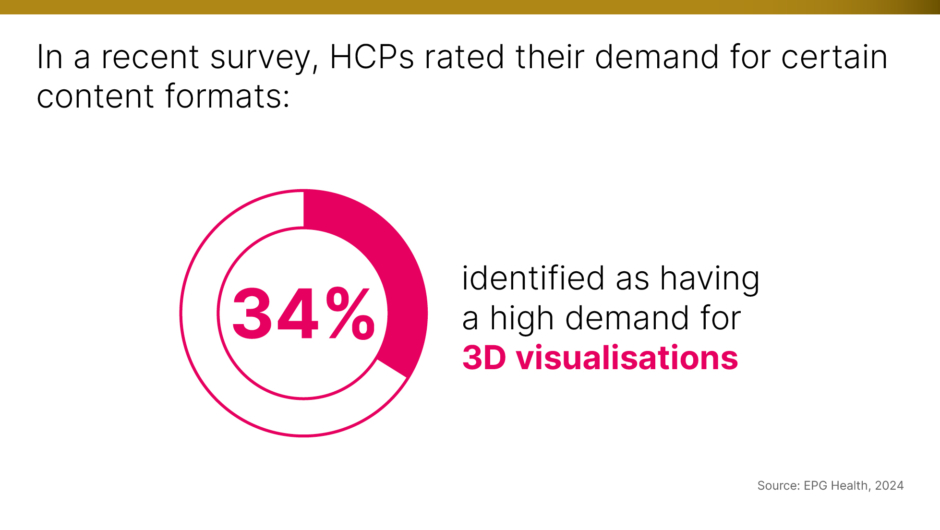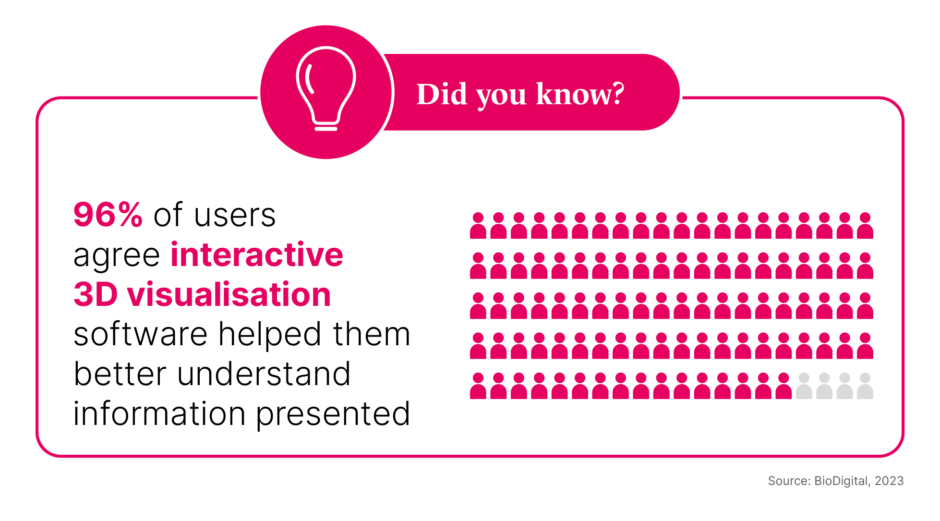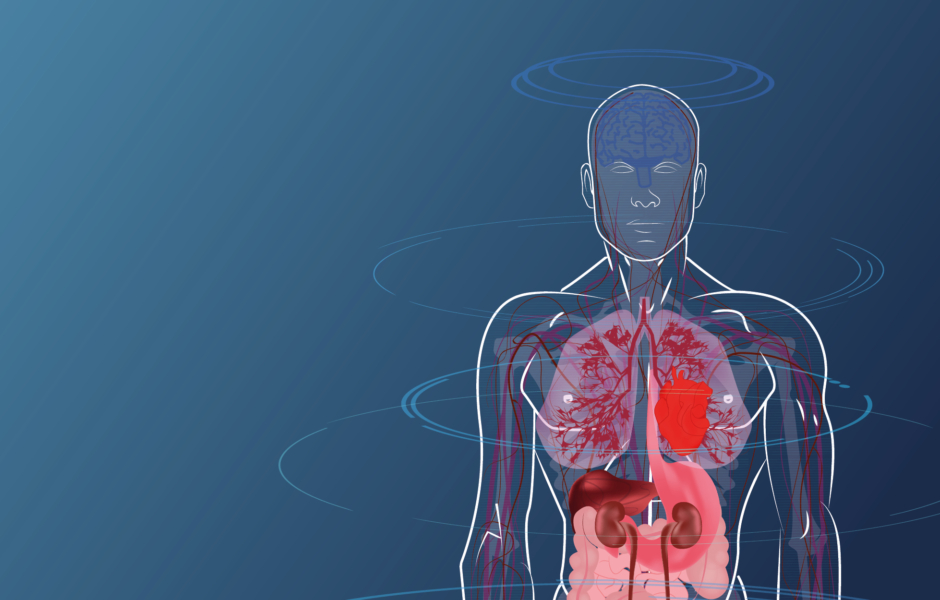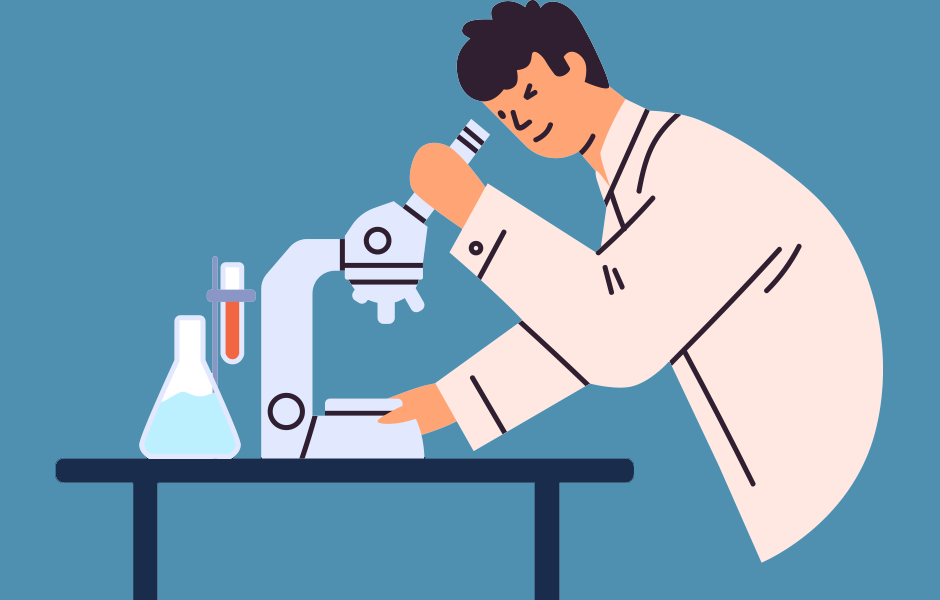In a landscape dominated by presentations and product leaflets, the emergence of 3D human technology offers pharmaceutical companies a fresh and exciting way to take medical education to new heights
Words by Isabel O’Brien
If the pharmaceutical industry has one job, it’s to turn approvals into prescriptions. Without the dissemination of medical information, outcomes would remain static, with the same options delivering the same results for patients. But reaching healthcare professionals is becoming increasingly difficult. Their time is precious and the medical education environment is saturated, leaving the industry at a crossroads: be more creative or be left behind.
Enter advanced digital anatomy technology, or the 3D human, a “proven way to increase comprehension and speed in anatomy, disease and treatment education,” according to a technology developer, BioDigital, which works with content platforms such as EMJ to embed these models in articles, journals and more.
With so many companies vying for the attention of healthcare professionals, bringing medical education to life could be the difference between a hit or miss – so what is the value of the 3D human?
Show, don’t tell
Advanced digital anatomy technology provides unprecedented views inside the body and reveals how it functions normally, abnormally and responds to treatment.
Through fully customisable autoplay video tutorials or interactive visualisations, complex medical information can be broken down and delivered to healthcare professionals in a way that works for them. The key to the future of medical education is to show, not tell.
“To effectively engage, pharma must focus on being relevant and add value where it does not already exist, creating unique content that is easy to find, and work towards an omnichannel approach offering personalised journeys for discovery,” states a recent report from EPG Health. From demonstrating mechanisms of action to presenting patient outcomes in a visually compelling way, the 3D human is a vehicle that adds this value.
Notably, 34% of healthcare professionals surveyed for the research indicated a high demand for 3D visualisation in particular. This demand is likely to increase as the new generation enters the workforce, as 3D learning has become commonplace in medical education in recent years, with studies showing that 3D models can improve students’ spatial visualisation and understanding of anatomical relationships.

Increase understanding
HCPs are calling for medical education that is simple and easy to understand, and 3D human models have the potential to meet this need effectively. The challenge, however, is getting the approach right.
To hit the mark, implementing 3D visualisation should focus on clarity, accuracy and relevance. They should serve to enhance comprehension without overwhelming the viewer. Think of these tools as components that can be woven into existing educational resources, like illustrations in a storybook, enriching the narrative and bringing concepts to life.
As BioDigital reports: “96% of users agree that interactive 3D visualisation software has helped them better understand the information presented,” but it is vital that it is embedded within traditional medical education – supporting, not replacing, traditional channels such as journals, presentations and webinars.
One way to ensure success is to work with medical content providers such as EMJ, who can provide guidance on how to seamlessly integrate visual content with educational materials and help in selecting the most appropriate 3D models tailored to specific product requirements.
Reap the return on investment
According to new research from marketing animation company Wyzowl, more than 83% of marketers investing in healthcare video marketing or 3D medical animation are seeing a good return on investment and lead generation. This highlights the significant potential for 3D human technology to revolutionise medical education by offering a cost effective and unique way to reach busy HCPs.










